Railroad Worker Delivers Thousands of Gallons of Drinking Water by Rail From Mississippi to Navajo Nation in Effort to Alleviate Water Crisis
Life doesn’t always go as planned, a lesson that Andrew Halter learned the hard way when he was laid off from his job with the railroad during the pandemic after 25 years of service.
But instead of losing hope, Halter decided that it was a sign to do something different. He and his brother set to work to find a way to use the railways to get clean drinking water to the Navajo Nation in Arizona, and much to everyone’s surprise, they figured it out.
Chris Halter and the St. Bonaventure Indian Mission School
When Andrew Halter lost his job in 2020, his brother Chris was already working at the St. Bonaventure Indian Mission School. Located on the southeast edge of the giant reservation, the mission was already hard at work importing clean drinking water to as many Navajo families as it could.
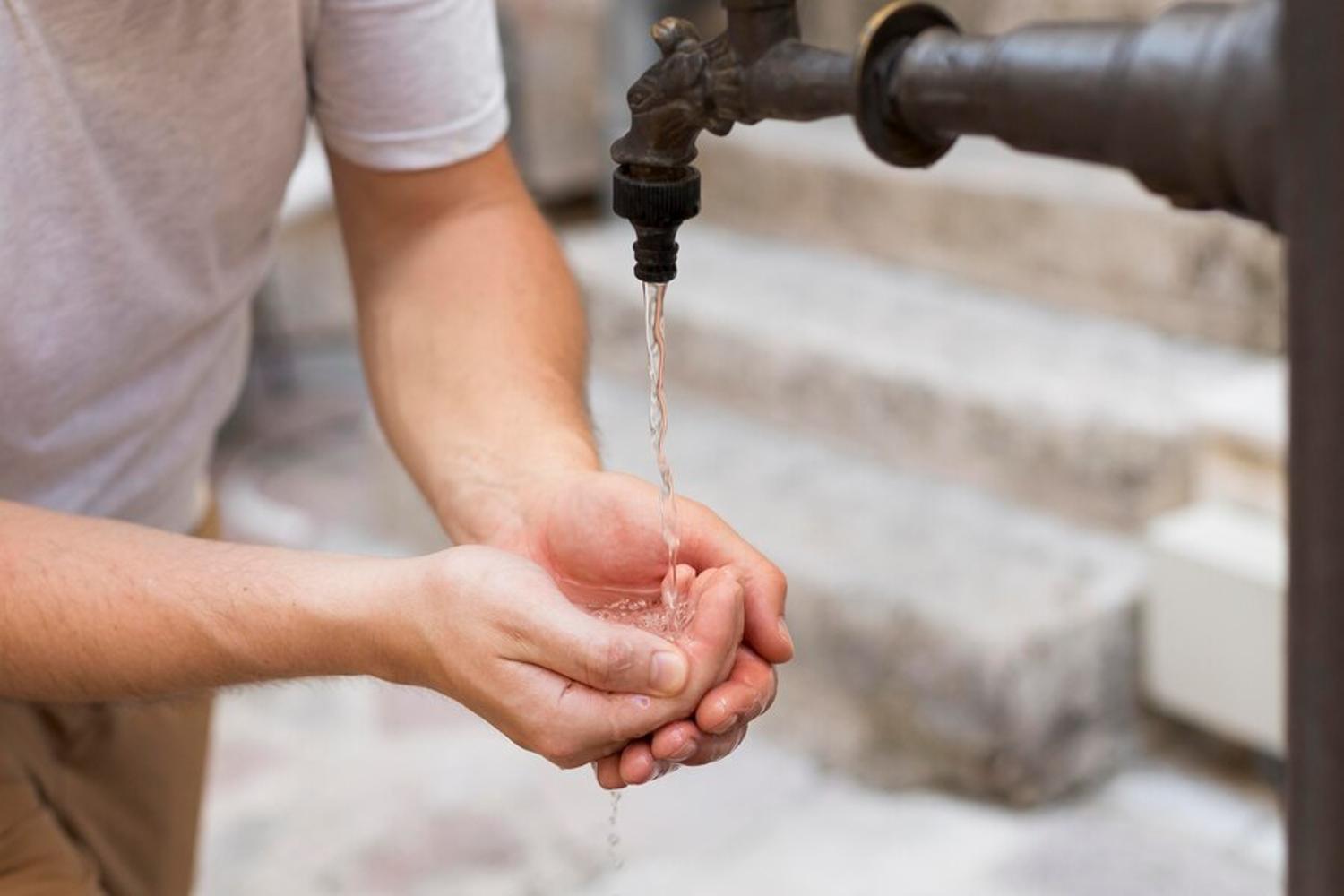
Source: Freepik
They used water trucks to deliver water to around 250 families, but as more than 173,000 people live on the 2,700 square mile reservation, it wasn’t nearly enough to combat the ongoing water crisis.
One Third of the Residents of the Navajo Nation Do Not have Reliable Drinking Water
The unfortunate truth is that nearly one third of 173,000 Navajo Nation residents do not have access to clean drinking water.
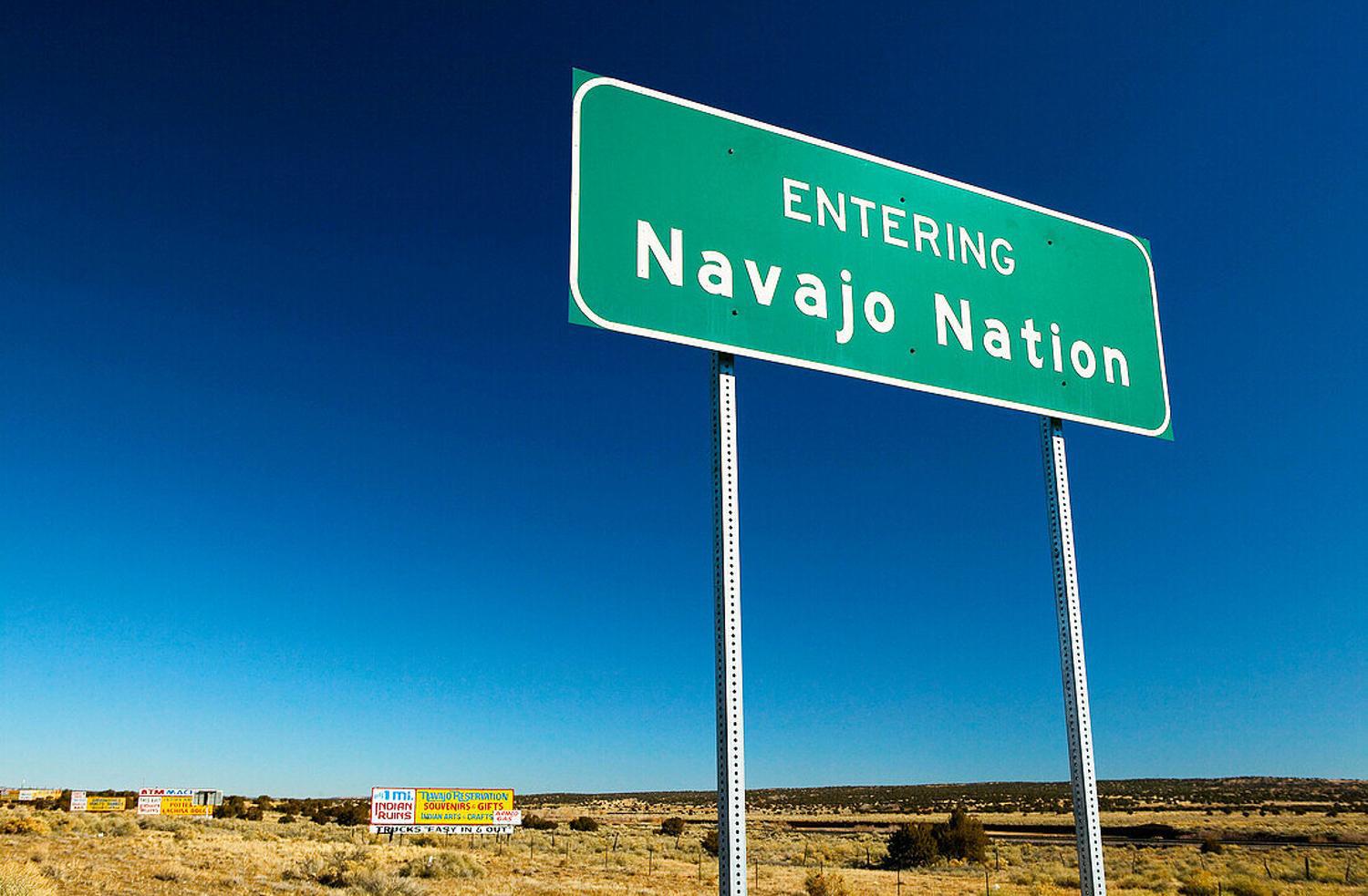
Source: Alamy
These families have to drive miles to bring large barrels of water to their homes. It’s tedious and expensive, so they are forced to ration their water every day.
The Average American Family Uses 300 Gallons of Water a Day
According to the US Environmental Protection Agency, the average American family uses more than 300 gallons of water per day for drinking, cleaning, cooking, washing, and bathing.
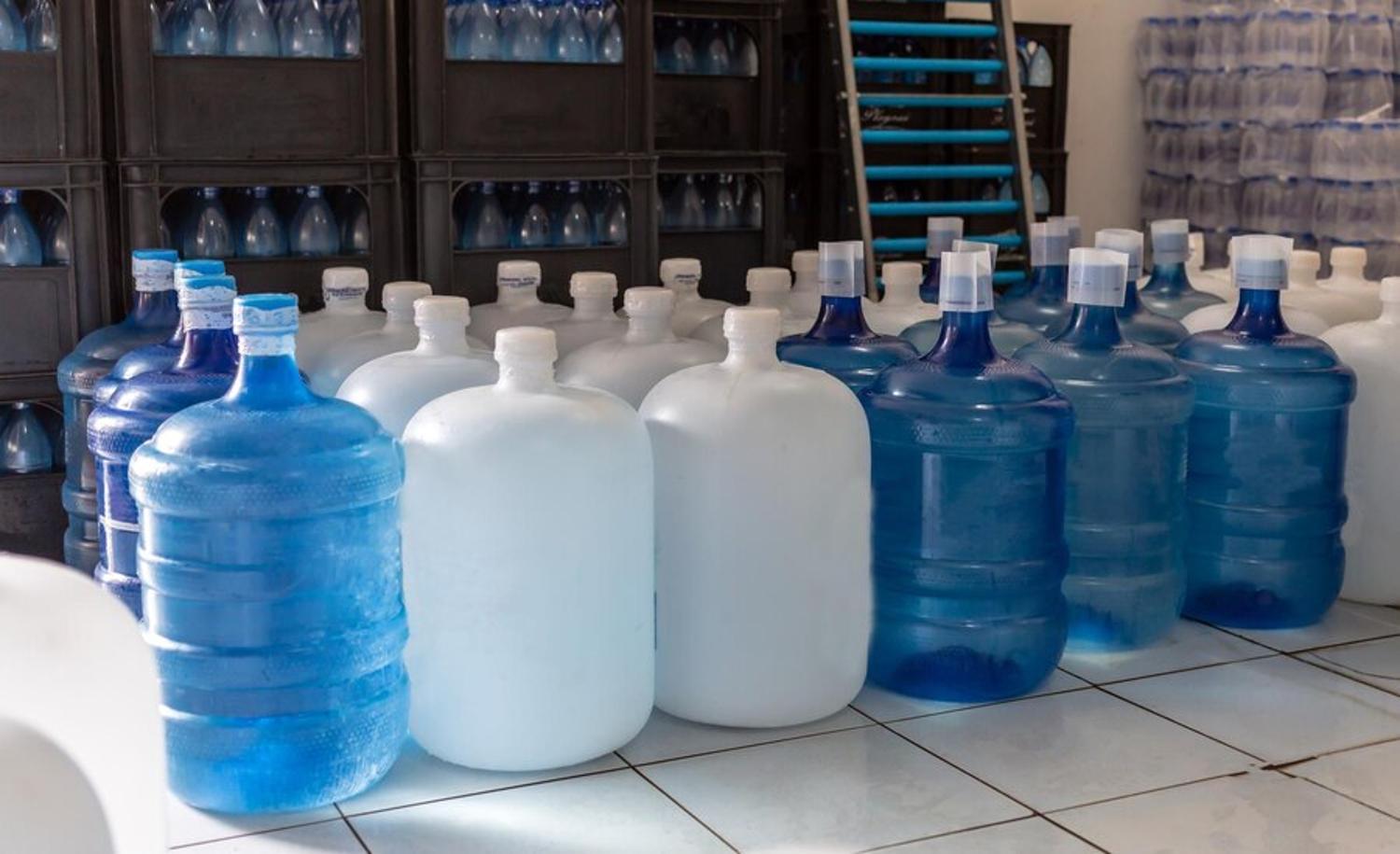
Source: Freepik
However, families in the Navajo Nation use only 40 gallons a day for the same needs. Even those who received water from Chris and his mission had to conserve water every day to ensure they didn’t run out.
They Were Always Worried the Well Would Run Dry
Chris Halter told Business Insider that he was always concerned that the well he used to deliver the absolutely necessary water to 250 families would one day run dry.
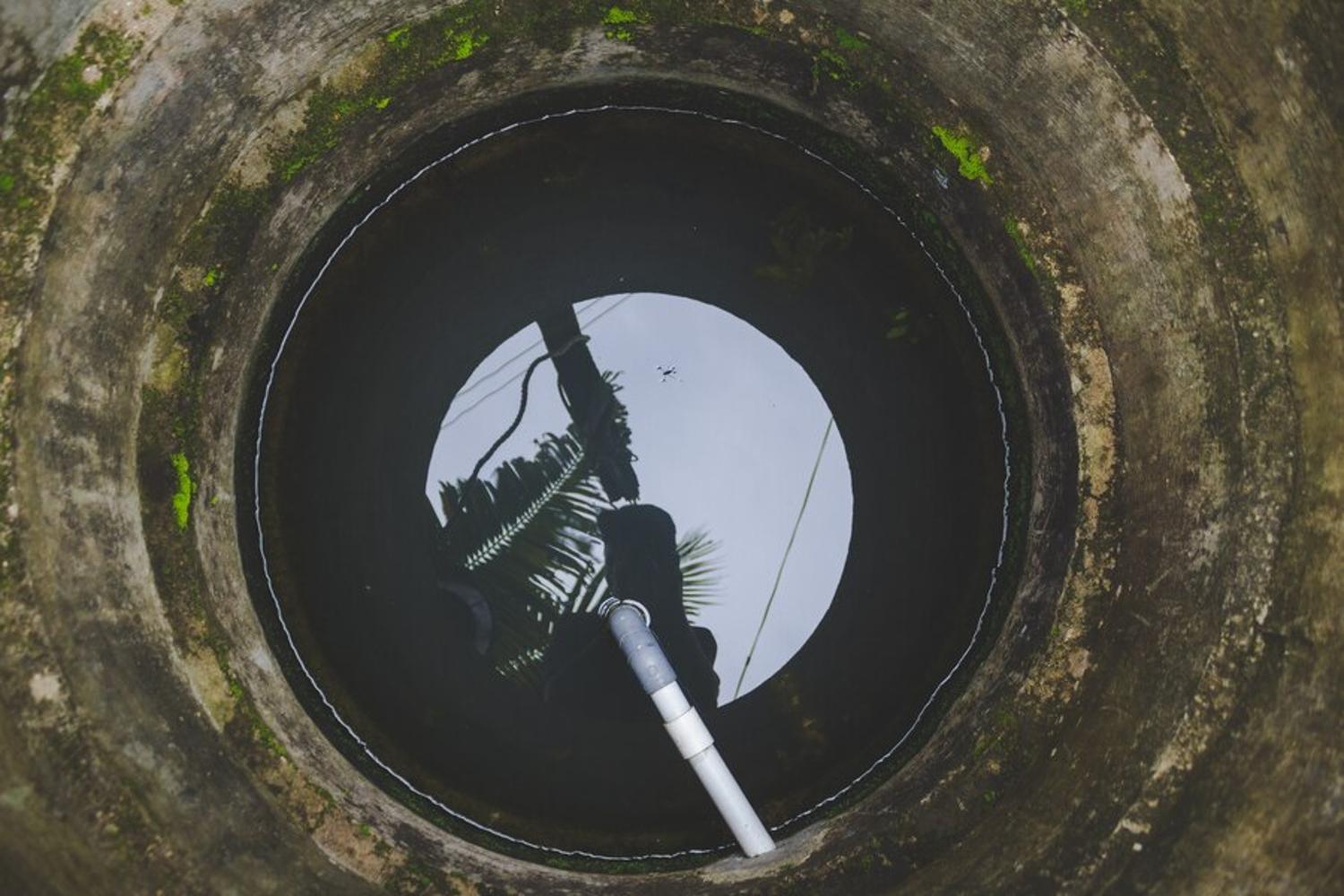
Source: Freepik
He explained, “To be honest, it was always the thing that would wake me up in the middle of the night. If that well shuts down for some reason, what would I do next?”
Andrew Halter Used His Knowledge of Trains to Find a Better Way
The two brothers had discussed other, more reliable ways to get water to the families in the Navajo Nation. But after Andrew was laid off, he said, “It came to me one day like a clap of thunder.”
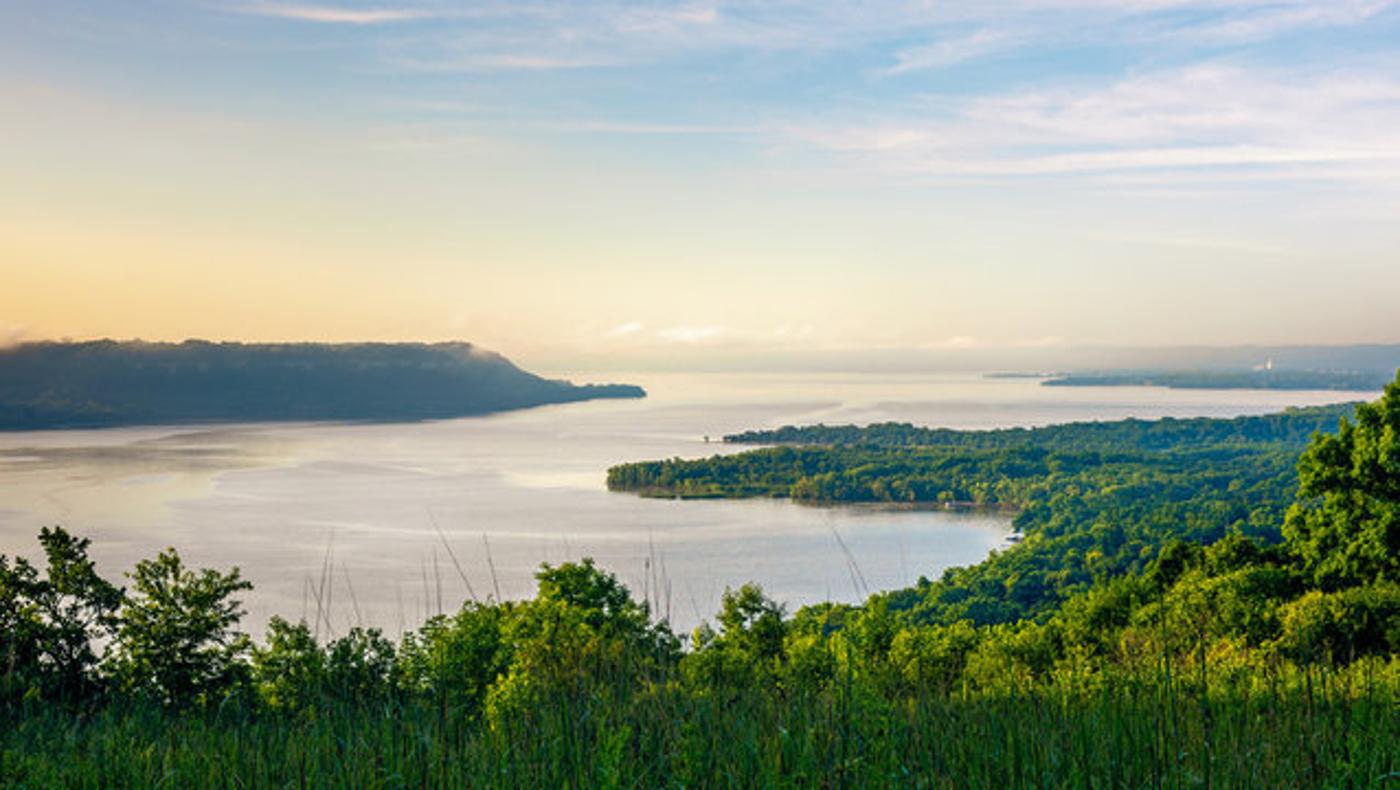
Source: Adobe Stock
The idea was to use trains to transport thousands of gallons of water at one time all the way from the Mississippi River to the reservation that spread throughout Utah, Arizona, and New Mexico. But Andrew and Chris still didn’t know if it would work.
Water-by-Rail Is Not as Simple as it Sounds
There are several reasons why delivering water by rail has always been considered a challenging undertaking. First, they needed to find a railway company that would agree to bring water, as it is not often done.
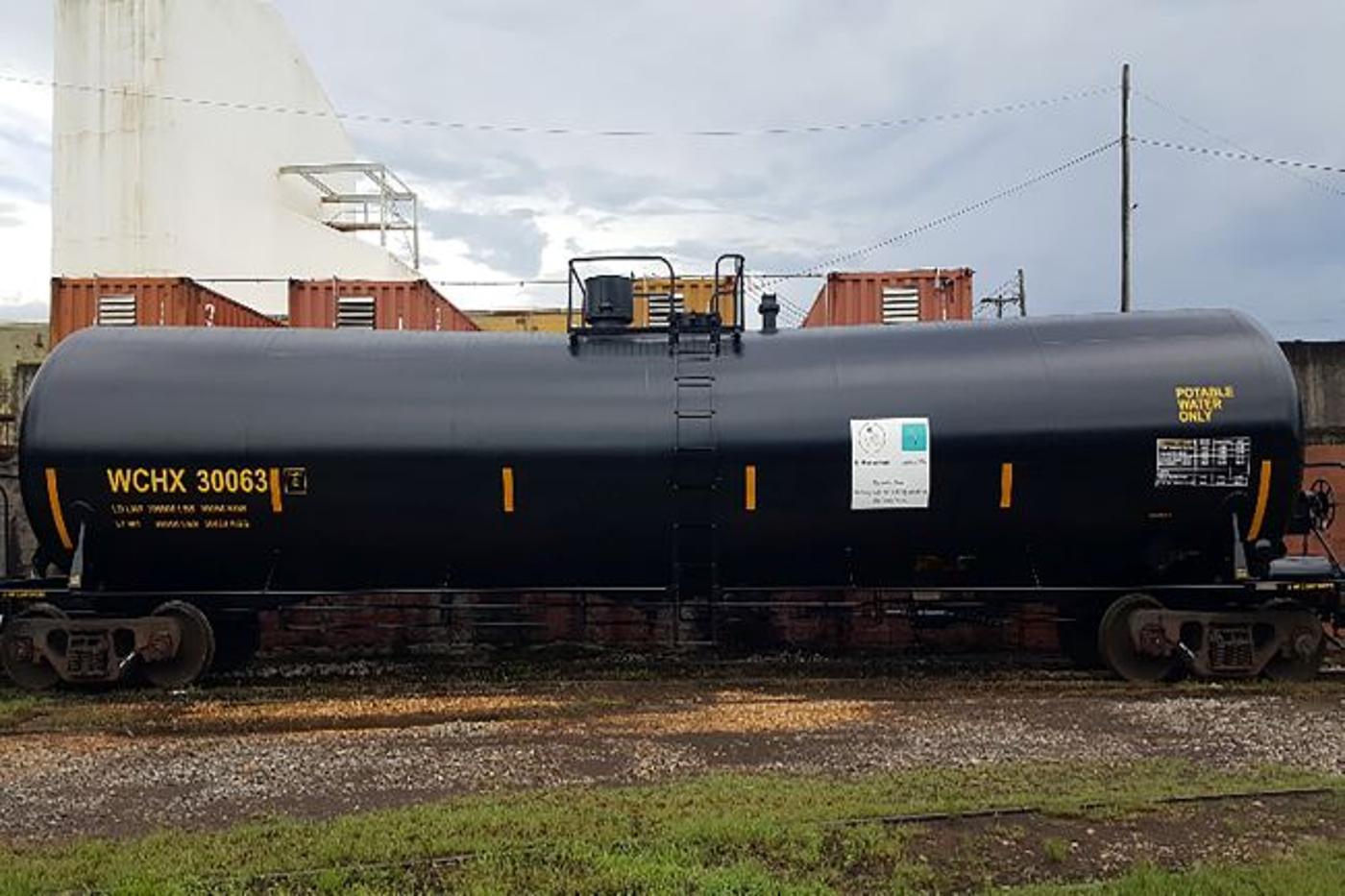
Source: BNSF.com
Additionally, they needed to find a water department that would sell them hundreds of thousands of gallons of water at a time. Andrew explained that when trying to find partners for this huge endeavor, “A lot of times, they think you’re crazy.”
Partnering With BNSF
Finally, Andrew Halter was able to speak with the business development manager of emerging markets of popular railway company BNSF, Eunice Sun.

Source: @BNSF Railway/Facebook
Sun explained, “We haven’t moved potable water prior to this opportunity, really, because the economics don’t necessarily pencil out in order to pay for that water and pay for the transport.” However, she was impressed with the Halter brothers’ business plan and decided to go ahead with the project.
Next Stop: Getting the Water
Andrew and Chris struggled to find a municipal water department that would sell them hundreds of thousands of gallons of water every month.
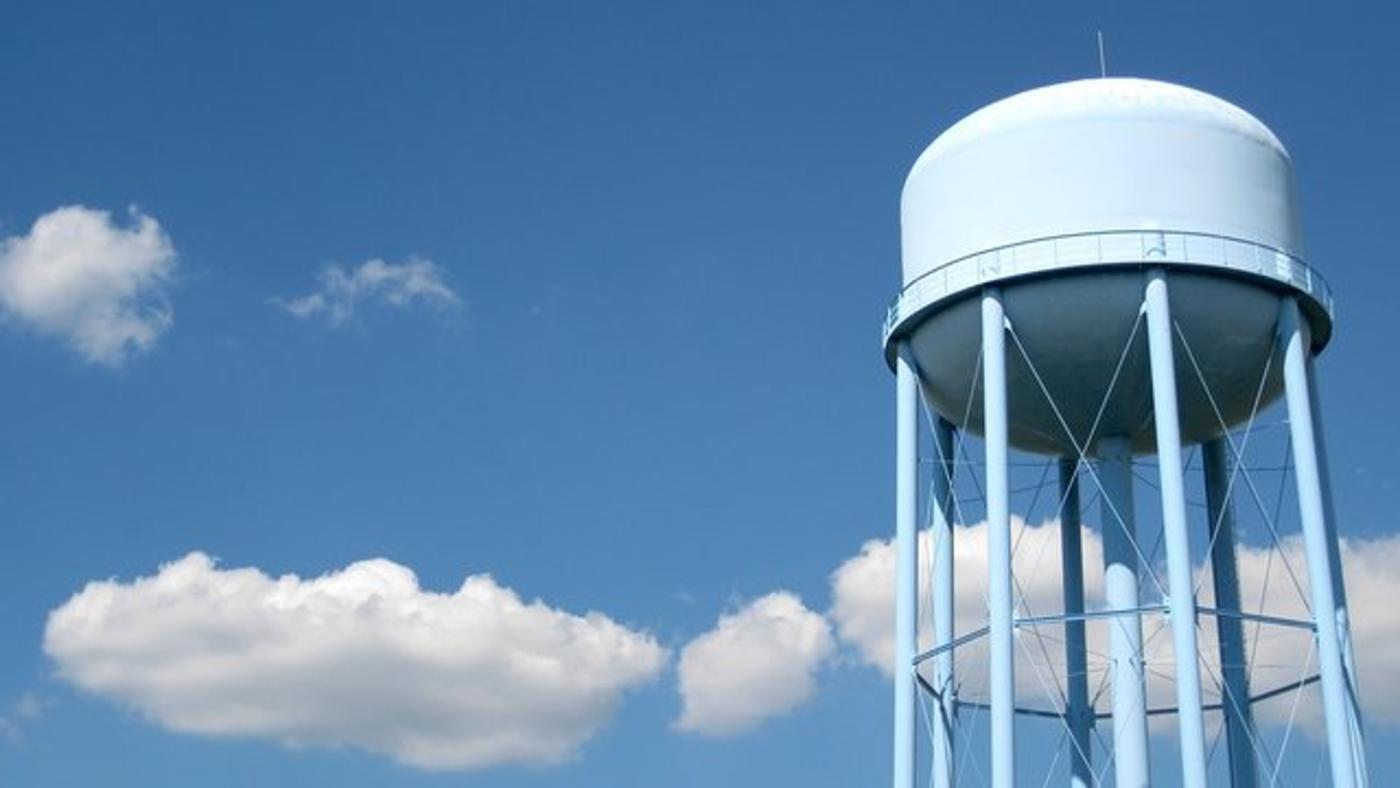
Source: Adobe Stock
But finally, they got a “yes” from the water department of Helena, Mississippi, only 1,200 miles by train from the Navajo Nation.
Months Later, They Were Sending Millions of Gallons of Water
It took them several months to test various transportation options before they found one that would transport the water without contaminating it. But eventually, they developed a tank car that safely holds 21,000 gallons of water.
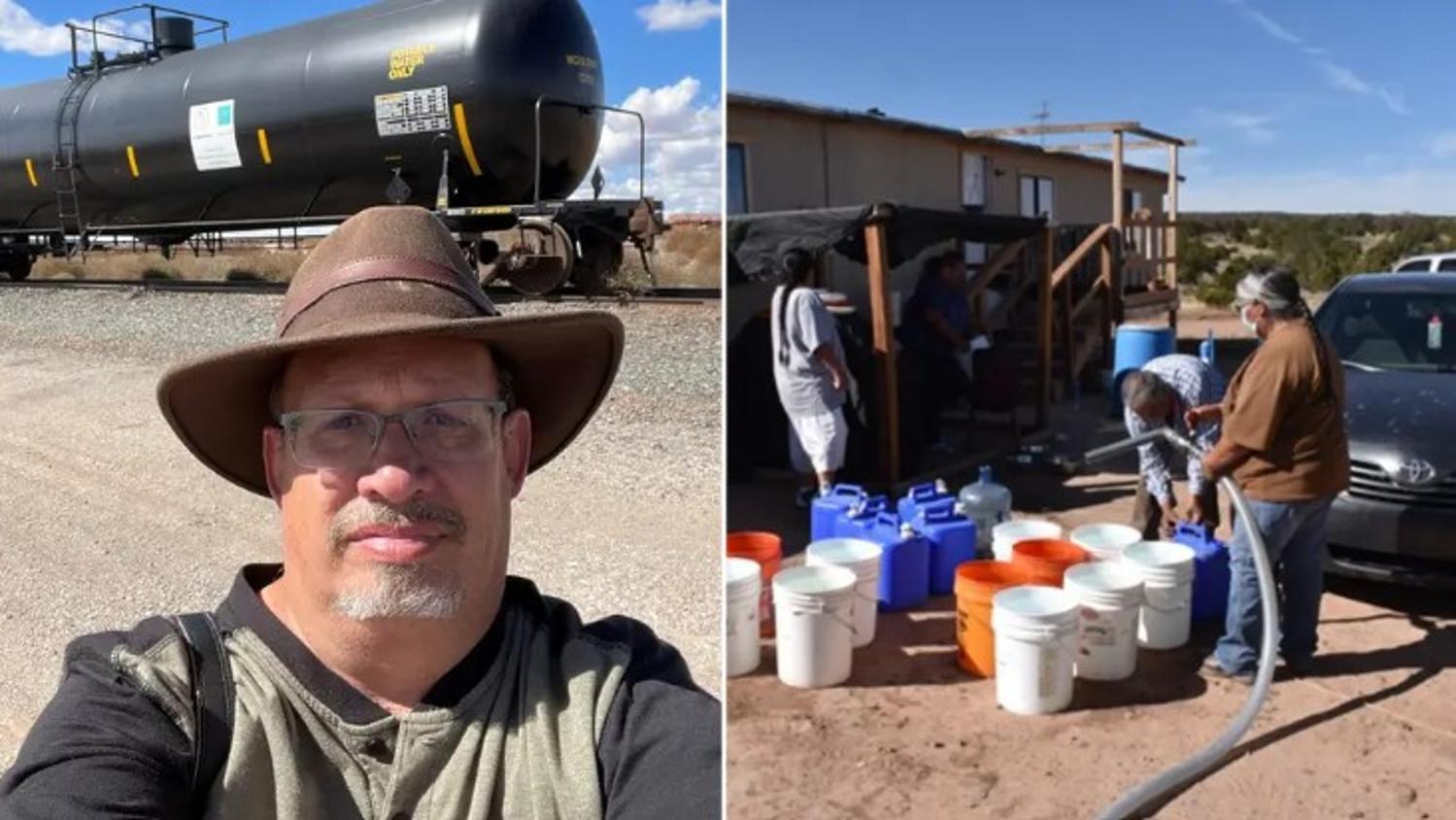
Source: @BNSF Railway/Facebook
Finally, their project, which they named Jacob’s Well, was up and running. By the end of 2023, the Halter brothers had sent more than half a million gallons of water to the families in the Navajo Nation.
They Hope to Send 2 Million Gallons in 2024
But they’re not stopping there. Jacob’s Well is a non-profit that the Halter brothers hope will expand and soon be able to deliver water to all those living in the Navajo Nation. His goal is to bring more than two million gallons in 2024.
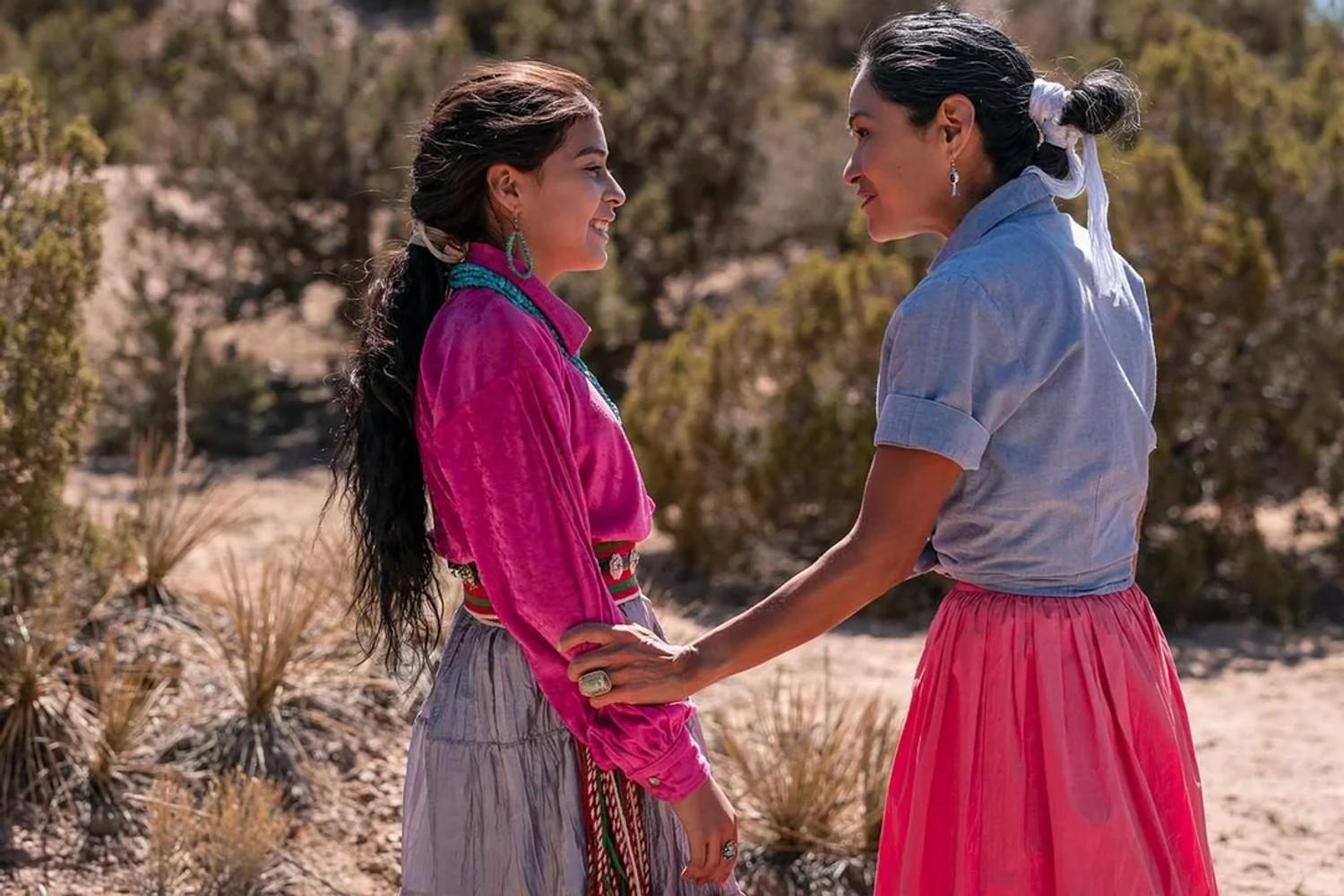
Source: Reddit
Andrew explained, “Currently, the mission only serves a small portion of the reservation. But the water crisis is very real and a result of a devastating drought in the West. Getting water where it’s needed is very serious business, and with our ‘mobile pipeline,’ we can help fill the gap.”
The People of the Navajo Nation Deserve Drinking Water
Andrew Halter wrote, “People in need should not have to deal with a lack of water here in the United States,” and he hopes Jacob’s Well can and will make a real difference for thousands of American families living in the Navajo Nation.

Source: @CNNImpact/X
As Chris Halter explained, “Water is a basic right for all people, and without it, they can’t survive.”
